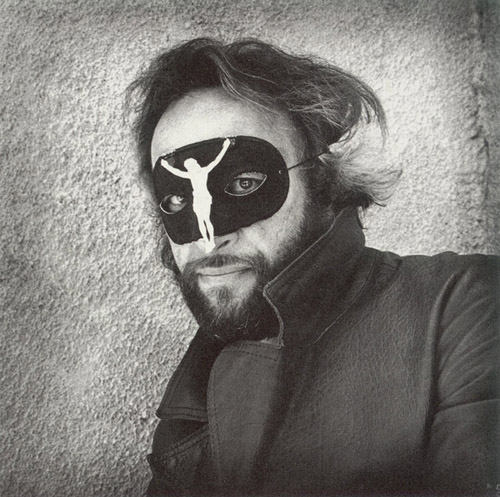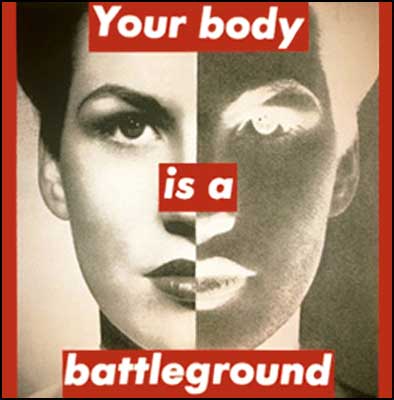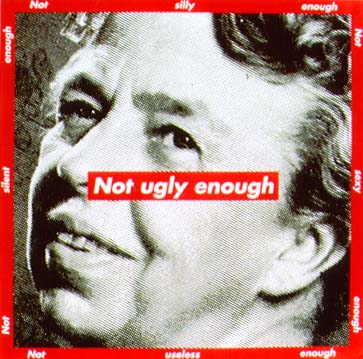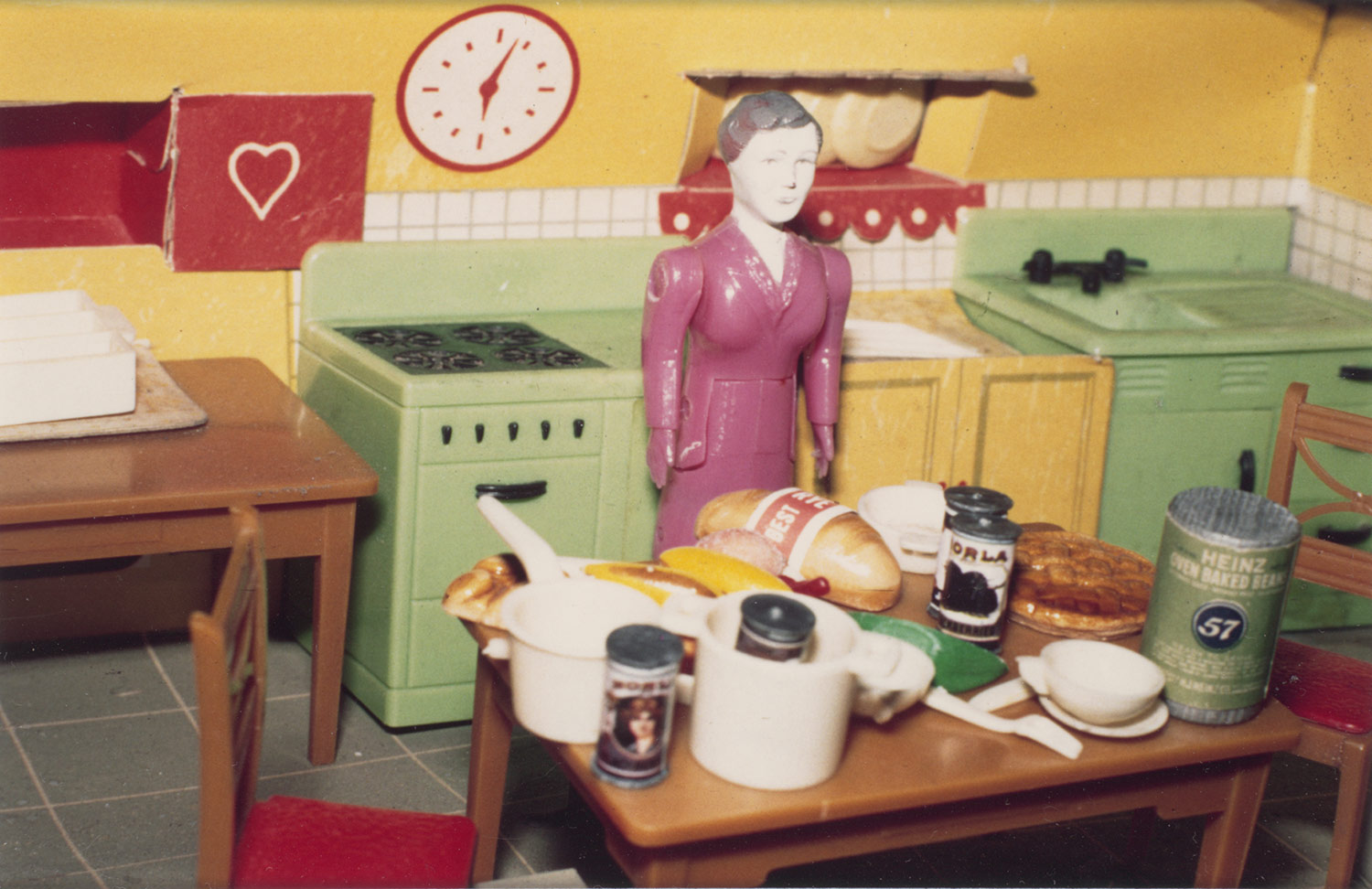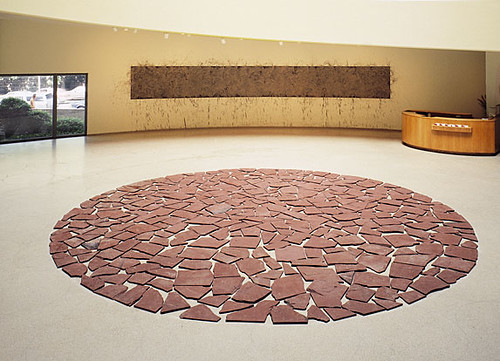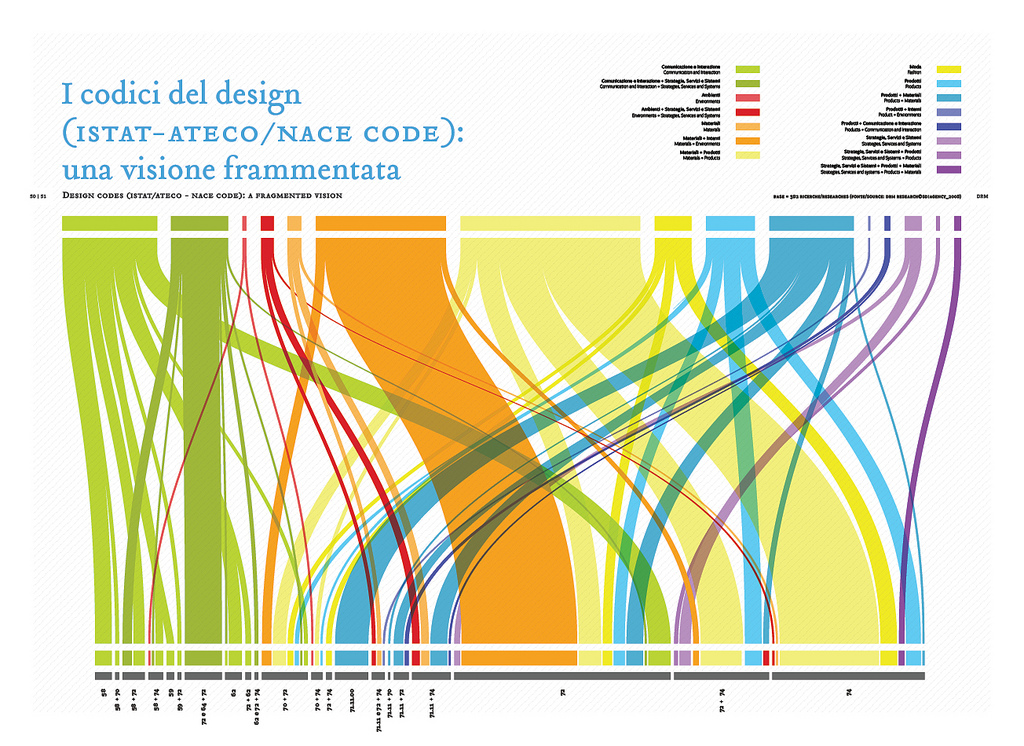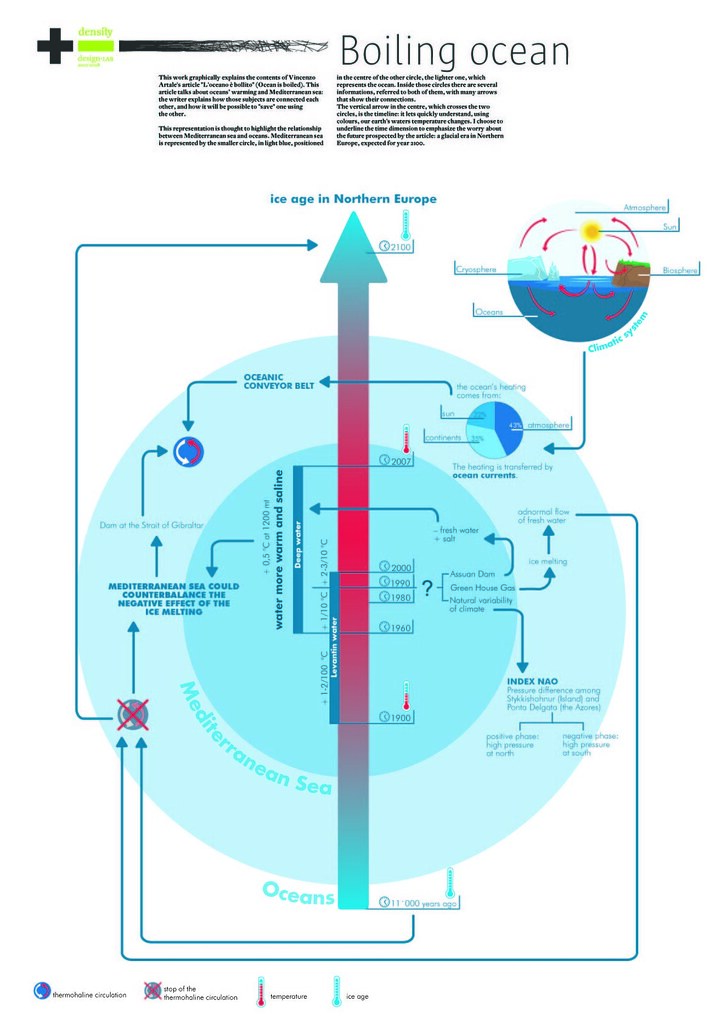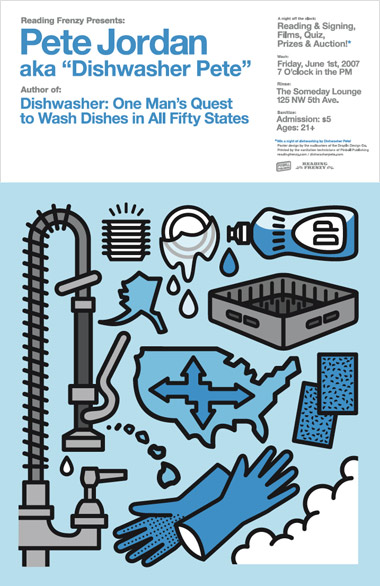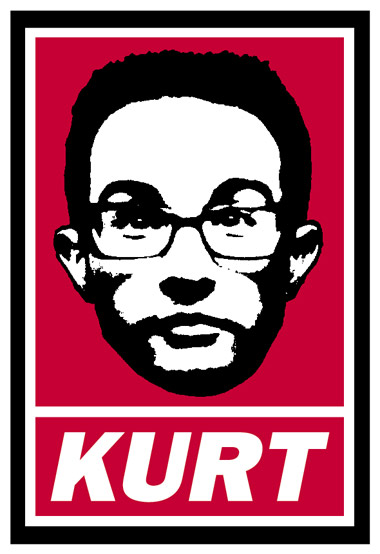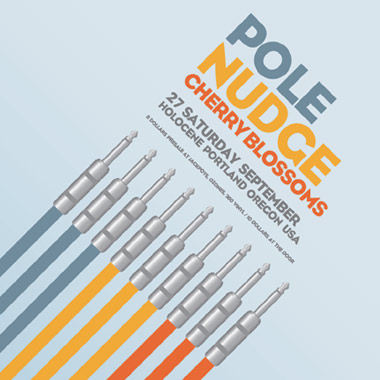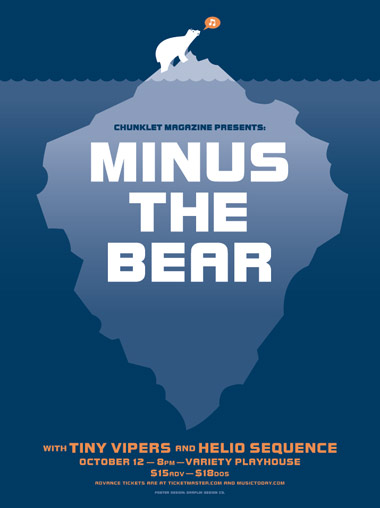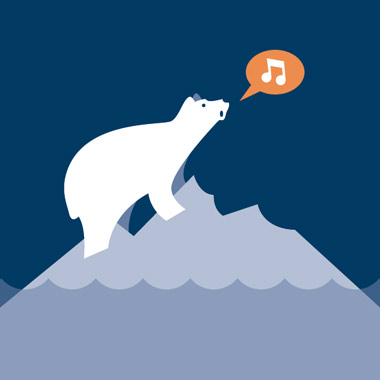In one of her pieces, she creates a star, lights it on fire and goes in the middle of it.
She didn't realize the fire surrounding the star would suck up all the oxygen around her, and she actually went unconscious during her 90 minute session inside the outline of the star.
Rhythm 5, 1974
"Abramović sought to re-evoke the energy of extreme body pain, in this case using a large petroleum-drenched star, which the artist lit at the start of the performance. Standing outside the star, Abramovic cut her nails, toenails, and hair. When finished with each, she threw the clippings into the flames, creating a burst of light each time. Burning the communist five-four rayed star represented a physical and mental purification, while addressing the political traditions of her past.
In the final act of purification, Abramović leapt across the flames, propelling herself into center of the large star. Due to the light and smoke given off by the fire, the observing audience didn’t realize that, once inside the star, the artist had lost consciousness due to a lack of oxygen. Some members of the audienced realized what had occurred only when the flames came very near to her body and she remained inert. A doctor and several members of the audience intervened and extricated her from the star.
Abramović later commented upon this experience: “I was very angry because I understood there is a physical limit: when you lose consciousness you can’t be present; you can’t perform.” (Daneri, 29).
-excerpt from wikipedia.
http://en.wikipedia.org/wiki/Marina_Abramovi%C4%87
Rhythm 0, 1974 - AMAZING
To test the limits of the relationship between performer and audience, Abramović developed one of her most challenging (and best-known) performances. She assigned a passive role to herself, with the public being the force which would act on her.
Abramović had placed upon a table 72 objects that people were allowed to use (a sign informed them) in any way that they chose. Some of these were objects that could give pleasure, while others could be wielded to inflict pain, or to harm her. Among them were scissors, a knife, a whip, and, most notoriously, a gun and a single bullet. For six hours the artist allowed the audience members to manipulate her body and actions.
Initially, members of the audience reacted with caution and modesty, but as time passed (and the artist remained impassive) several people began to act quite aggressively. As Abramović described it later:
“The experience I learned was that…if you leave decision to the public, you can be killed.” ... “I felt really violated: they cut my clothes, stuck rose thorns in my stomach, one person aimed the gun at my head, and another took it away. It created an aggressive atmosphere. After exactly 6 hours, as planned, I stood up and started walking toward the public. Everyone ran away, escaping an actual confrontation.” (Daneri, 29; and 30).
VANESSA BEECROFT, VB 35 Vanessa herself had an eating disorder.
Vanessa herself had an eating disorder.Vanessa's VB55 Piece:
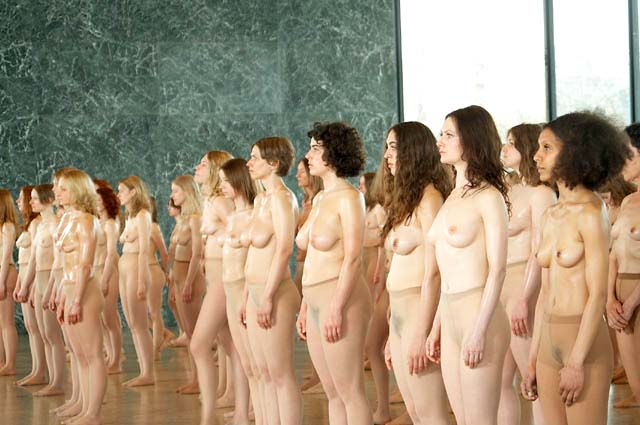
For this one, they tried to teach the models to "let go" so the audience could also let go. A mass of people came to view another mass of people.
-Took both models and non-models for this project.
PERFORMANCE ART EXTREMES - ORLAN
-This artist has undergone seven plastic surgeries on her face, each of which she calls performances that she documents at every step of the way.
-Her goal is not to become beautiful but rather to suggest that objective beauty is unattainable and in turn the process is painful and horrifying. Allows you to view her plastic surgeries.
-Recently had two goldish bumps put in near her temples, to show that her surgeries were not about being beautiful.
DAMALI AYO - "An author, speaker, artist, performer, and catalyst for change." Improv everywhere --- causes scenes of chaos and joy in public plays.
-Art deals with issues of rate, specifically African American in this society.
--She sat in streets in Portland and gathered money from white people for reparations payments and gave them right back to black people and said, "Here's your first reparations payment." Her objective was not to just collect money but to make a point. Trying to expose the race issue, not enforce it.



